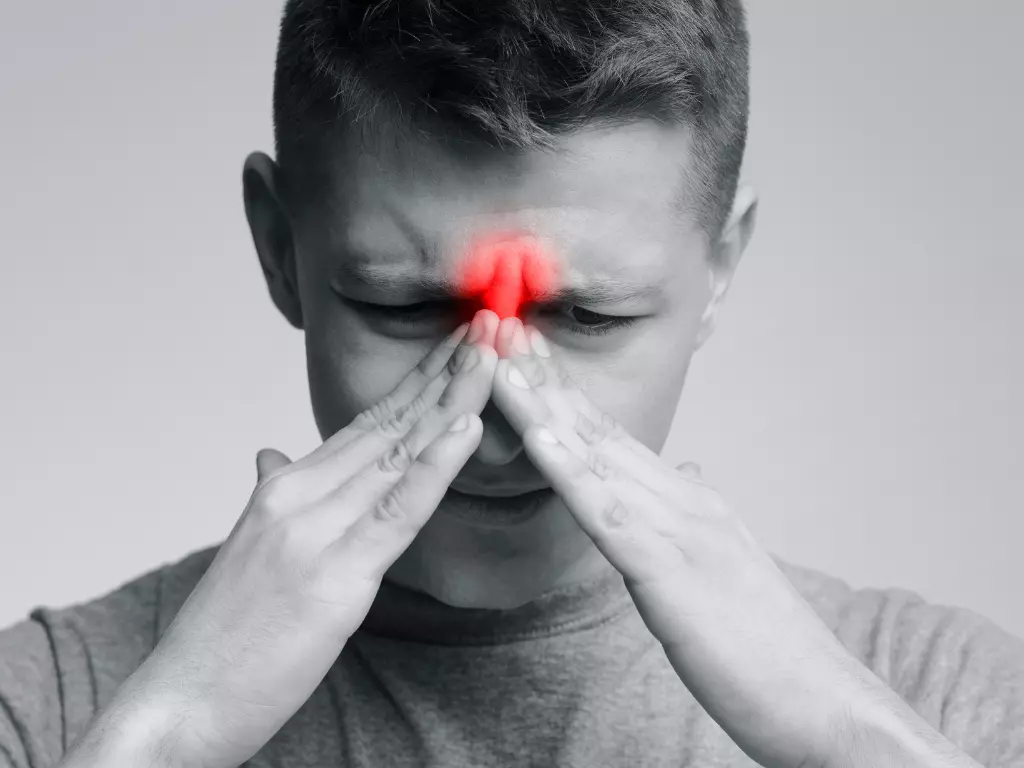The connection between nasal allergies and sinus problems can be a concern for individuals experiencing symptoms like congestion, facial pressure, and nasal discharge. These conditions often present with overlapping symptoms, which may make it difficult to distinguish one from the other. Understanding how allergies affect sinus health is a key step toward addressing the root causes of these uncomfortable symptoms through effective allergy and sinus treatments.
Understanding Allergies
An allergic reaction occurs when the body’s immune system overreacts to a substance that is typically harmless to most people. These substances, known as allergens, can include pollen, dust mites, mold spores, and pet dander. When a person with an allergy is exposed to an allergen, their immune system releases chemicals. This release triggers an inflammatory response.
The symptoms of nasal allergies, also called allergic rhinitis, varies in severity. Common signs include:
- Sneezing
- Runny or stuffy nose
- Itchy nose, eyes, or roof of the mouth
- Watery, red, or swollen eyes (allergic conjunctivitis)
The persistent inflammation associated with allergic rhinitis can directly affect the nasal passages and sinuses.
Recognizing Sinus Issues
Sinusitis is the inflammation or swelling of the tissue lining the sinuses. The sinuses are hollow cavities within the facial bones, located around the nose. Under normal conditions, these cavities are filled with air and produce mucus, which helps to keep the nasal passages clean. This mucus naturally drains into the nose through small openings.
When the sinus passages become inflamed, this drainage system can be blocked. Mucus may build up in the sinuses, creating an environment where germs may grow. This condition can lead to symptoms such as:
- Facial pain or pressure
- Nasal discharge
- Nasal congestion or obstruction
- Reduced sense of smell and taste
Sinusitis is classified by its duration. Acute sinusitis is a temporary inflammation, often associated with a cold, that lasts less than four weeks. Chronic sinusitis is a more persistent condition where symptoms last for 12 weeks or longer, despite attempts to treat it.
Treating Both Conditions
Addressing both allergies and sinus issues often begins by recognizing how closely these conditions are linked. Inflammation from untreated allergies can cause swelling in the nasal and sinus tissues, which may lead to blocked sinus openings and disruptions in normal mucus drainage. This sets the stage for sinus symptoms. Managing allergy symptoms may help reduce inflammation, allowing the sinuses to function more effectively.
A thorough approach may include identifying specific allergens through allergy testing, such as skin tests. Once triggers are identified, a plan may be created to reduce exposure and ease symptoms. Allergy and sinus treatment may prove beneficial for those dealing with both allergies and sinus complaints. Support for the allergic component may help prevent the inflammation that contributes to sinus blockages, offering relief from both causes of discomfort. This approach can address immediate symptoms while also targeting the underlying factors connecting allergies and sinusitis.
Seek Allergy and Sinus Treatment
Distinguishing between allergies and sinusitis may be difficult due to their similar symptoms. A clear understanding of each condition is the foundation for finding appropriate relief. By recognizing this link, individuals can take steps toward addressing the interconnected issues. If you experience persistent symptoms, a consultation with a healthcare provider can help determine the cause and prescribe a suitable management plan.





Leave a Reply